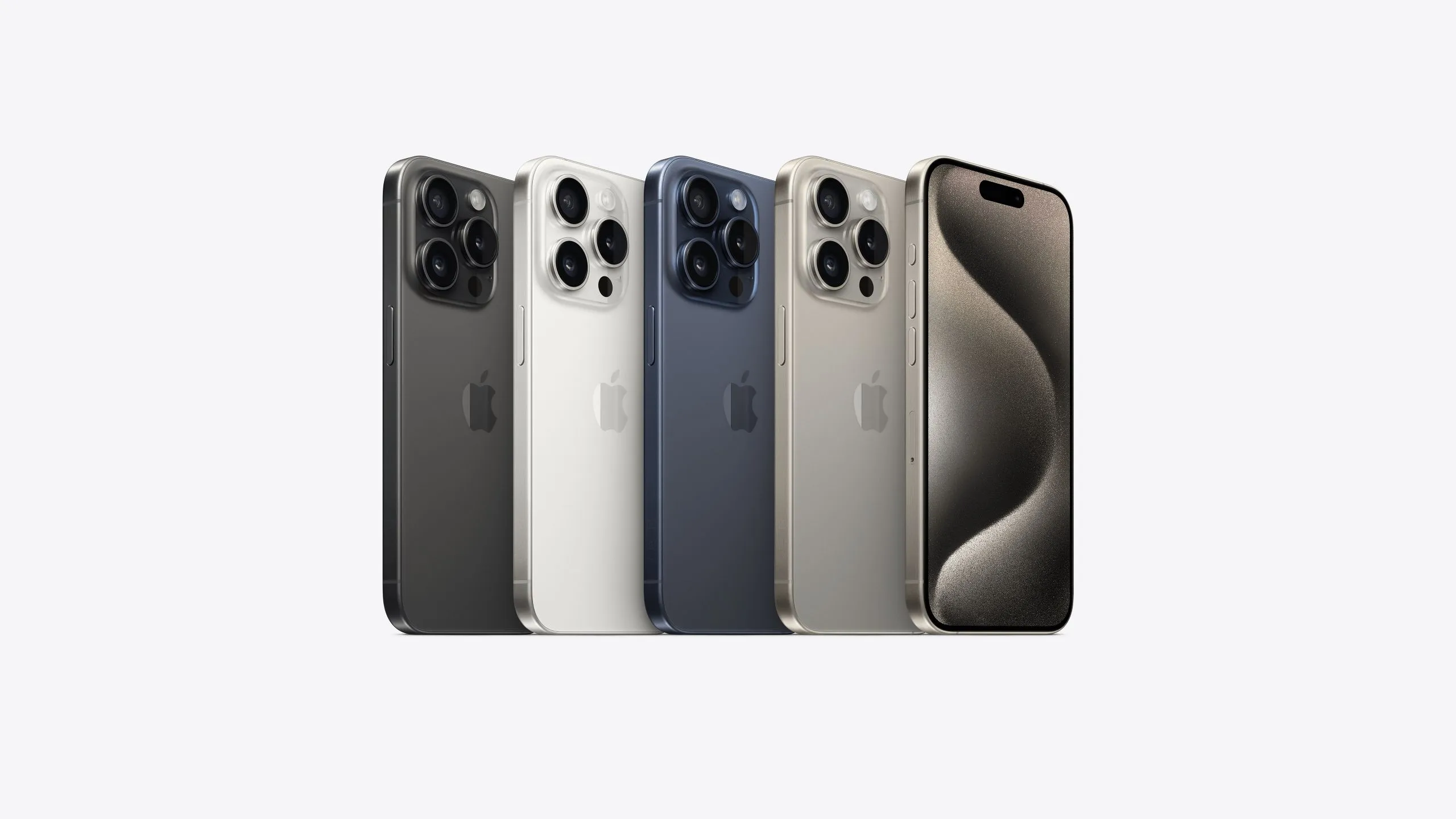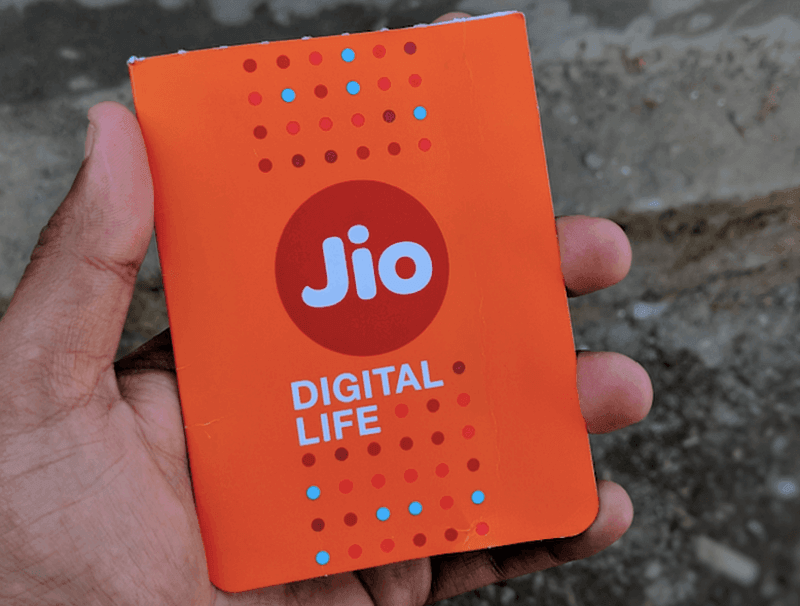After the launch of the latest iPhone 15 series, Apple announced its support for NavIC (Navigation with Indian Constellation), India’s navigation system. Rajeev Chandrasekhar, the Minister of State for Electronics & IT, unveiled at India’s ‘Techade’ event. Chandrasekhar also revealed that by the end of 2025, all smartphones would be designed to be compatible with NavIC. Apple’s decision to embrace NavIC navigation in iPhone 15 reflects similar moves made by brands like Xiaomi, Poco, Oppo, Vivo, and OnePlus, which have already incorporated this system into some of their phone models.
Table of Contents
Chandrasekhar also hinted at the possibility of cashback incentives for smartphone companies that deploy chips designed or manufactured in India, supporting the NavIC navigation in smartphones. This information aligns with the government’s Production-Linked incentive (PLI) scheme to promote the IT hardware industry in India. Additionally, Chandrasekhar highlighted that the Indian company Accord Software & Systems has developed NavIC chipsets, making it feasible for automobile manufacturers to integrate NavIC into their in-built navigation systems.
In case you don’t know what NavIC is, don’t worry we have got you covered.
What is NavIC?
NavIC, short for Navigation with Indian Constellation, is a regional satellite navigation system developed by the Indian Space Research Organisation (ISRO). Its primary purpose is to provide precise positioning and timing information across India and its neighbouring regions. NavIC functions similarly to global navigation systems like the Global Positioning System (GPS) from the United States, Russia’s GLONASS, and the European Union’s Galileo.
Notable features of NavIC include:
- Regional Coverage: NavIC primarily serves India and extends its coverage approximately 1,500 kilometres beyond the nation’s borders, offering navigation data within this radius.
- Satellite Constellation: NavIC operates through a constellation of seven satellites placed in a Geosynchronous orbit (GEO) and Geostationary orbit (GSO). These satellites work in coordination to deliver continuous and dependable navigation signals.
- Dual-Frequency Bands: To enhance accuracy and resistance to signal interference, NavIC employs dual-frequency signals, specifically L5 and S-band. This characteristic makes it adaptable for a variety of applications such as aviation, agriculture, transportation, and disaster management.
- Independent System: NavIC is self-reliant and does not depend on external systems like GPS for its functioning. This independence is strategically advantageous for India.
- Service Varieties: NavIC offers both public and restricted services. The public service caters to civilian needs by supplying precise positioning and timing information, while the restricted service is reserved exclusively for authorized users like the Indian military and government agencies.
NavIC plays a pivotal role in numerous sectors, including transportation, agriculture, disaster management, and defence. It significantly bolsters the accuracy and dependability of navigation and location-based services in India and its surrounding regions.
It’s worth noting that the government intends for both smartphones and automobiles to utilize NavIC alongside other global navigation systems, including the US’s GPS, Russia’s GLONASS, the EU’s Galileo, China’s BeiDou, and Japan’s QZSS.
Here are key NavIC facts:
- NavIC was developed by the Indian Space Research Organization (ISRO) and received initial approval in 2006. It became operational in 2018.
- NavIC offers advantages such as improved accuracy in urban areas and dense vegetation compared to GPS.
The adoption of NavIC navigation in iPhone 15 and other smartphones will drastically enhance the accuracy of location-based services like navigation, mapping, and tracking, ensuring their reliability even in areas with weak or no GPS signals.
Furthermore, integrating NavIC into the navigation systems of automobiles represents a positive step forward, as it promises to provide users with more precise and dependable location-based services.
Potential benefits of NavIC Navigation in iPhone 15 or other smartphones:
- Enhanced Accuracy: NavIC excels in urban areas and dense foliage, benefiting navigation apps and tracking services.
- Improved Reliability: NavIC is less vulnerable to interference from buildings and obstacles, making it ideal for navigation in rural areas and regions with weak GPS signals.
- Reduced Power Consumption: NavIC chipsets consume less power than GPS chipsets, which is advantageous for devices with limited battery life.
- Enhanced Security: NavIC is a regional navigation system with reduced susceptibility to interference, ensuring its suitability for critical applications such as autonomous vehicles.
Do let us know what you think about the NavIC navigation in smartphones in the comments below.
For more news about upcoming smartphones and popular products, and recommendations follow us on our Facebook, Instagram, and Twitter.
This article may contain affiliate links that Reviewhub’s owner or publisher may receive a commission from if you buy a product or service through those links.



